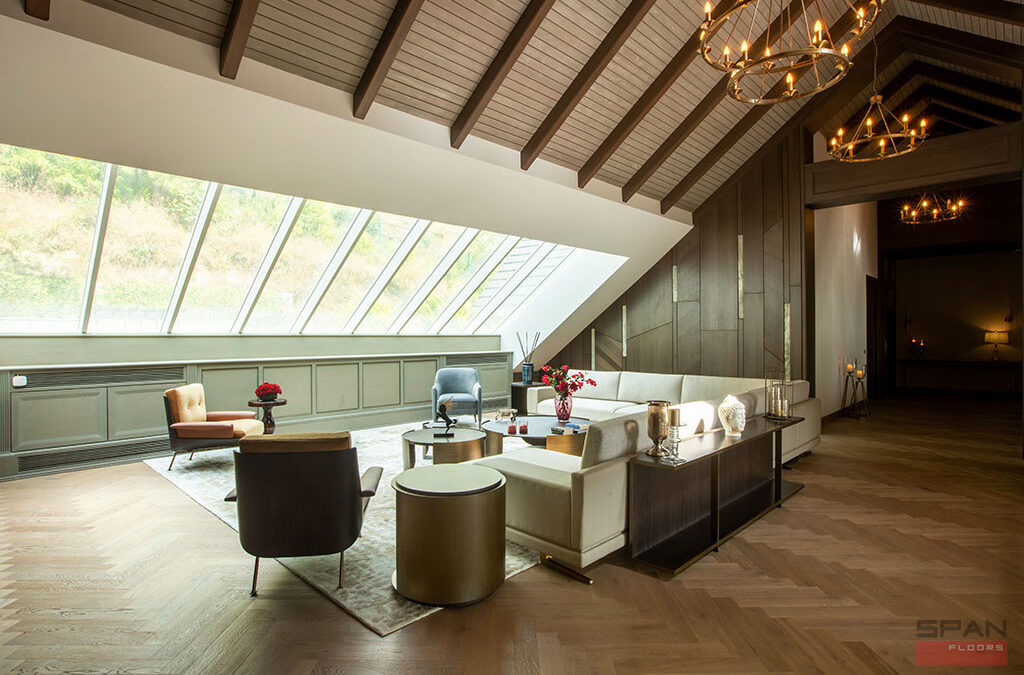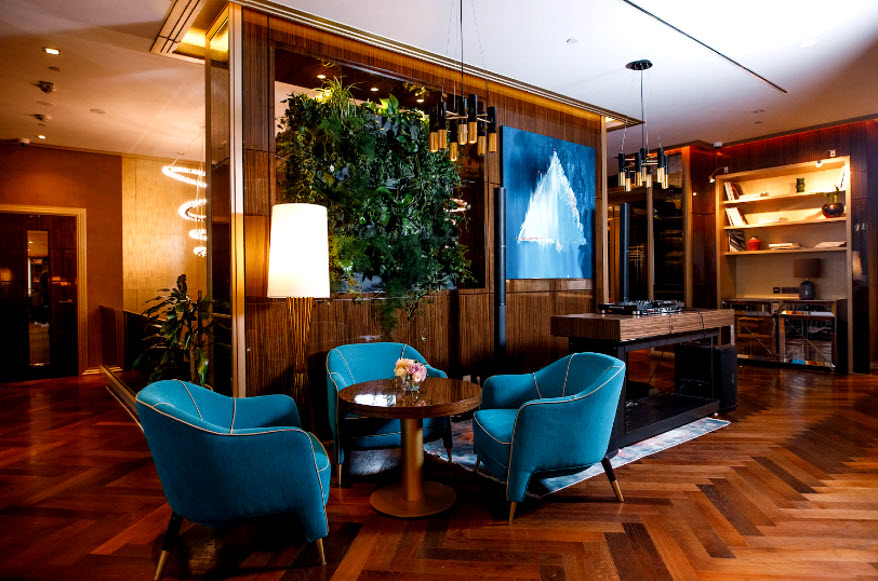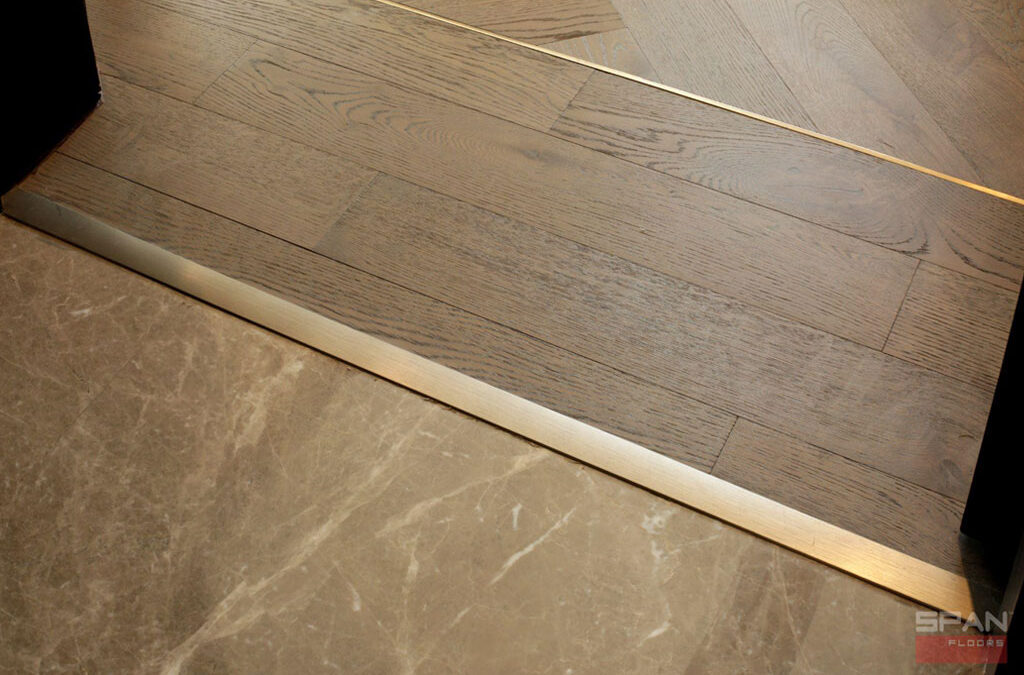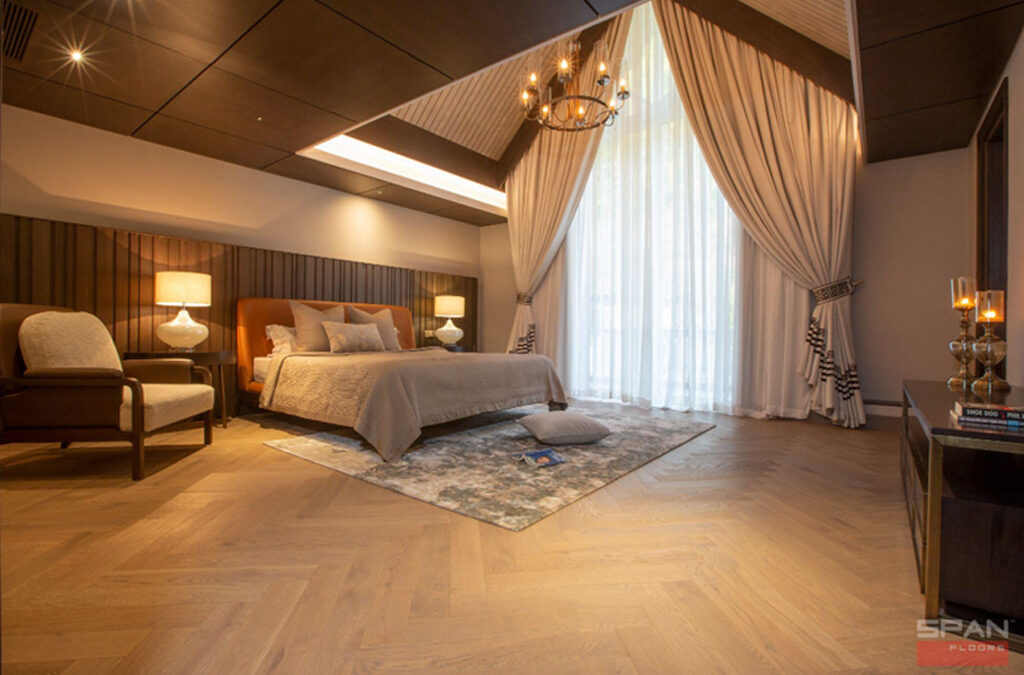Blog

Using Architectural design to promote better understanding between families
We live in times where face to face conversations and meetings are being replaced with virtual chats. While this new avenue of communication, virtual, is definitely a welcome addition to other mediums of communication, it does not replace them.

Transition types – Wood flooring to other floors
It is a common practice to transition from wood flooring to alternative flooring surfaces within homes, particularly in areas where the room’s purpose varies. For instance, in entrances, kitchens, and bathrooms, materials like marble and tiles are often favored due to their moisture resistance and hardness. On the other hand, wood floors are the preferred choice in bedrooms, living areas, formal spaces such as drawing rooms, dining areas, and bars, as they provide a cozy and inviting atmosphere.

5 Myths about Engineered Wood Floors vs. Marble
Per my experience in providing wood floors for luxury homes for over 22 years, I have encountered many myths about wood floors compared to marble. I will bust five of the most common myths about these two flooring options in this blog.

Brass Inlay Borders: A Key Element in Creating a Luxury Look in Wood Floors
Wood floors are a timeless classic and a staple in many homes. But if you want to elevate your flooring game, consider adding brass inlay borders. These narrow strips of brass set into the wood floor can add a touch of sophistication, elegance, and luxury to any room.

Creating a High-End Look with Herringbone Pattern Engineered Wood Floors
The herringbone pattern has been a classic feature in interior design for ages, providing a timeless and upscale appearance to any space. When it comes to flooring, the herringbone pattern is particularly striking and can enhance the overall look and atmosphere of a room.
